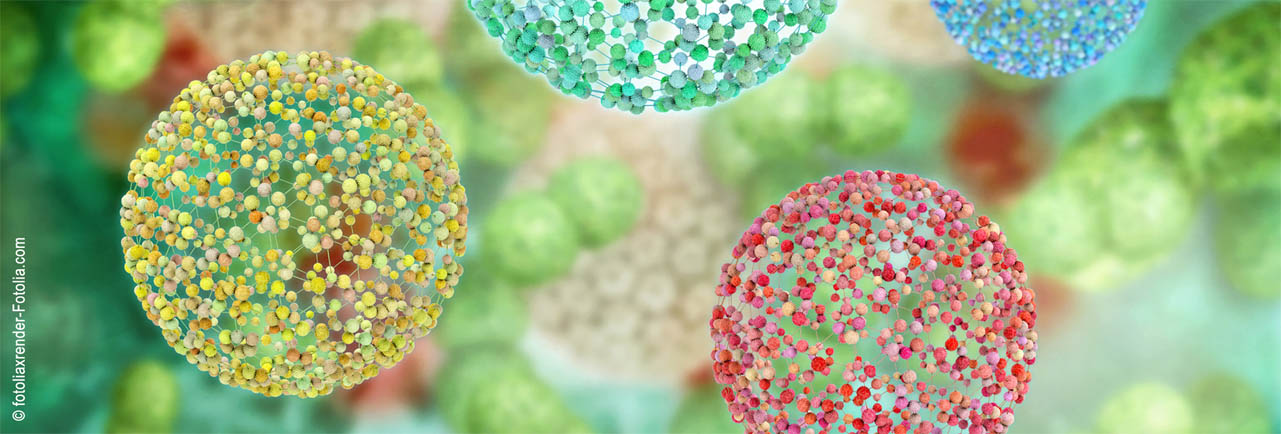Speaker
Description
Abstract
An innovative and sustainable system for wet cleaning treatments has been developed by our group during the last years, based on the synergic application of poly(vinyl alcohol) PVA based chemical hydrogels and PVA shelled microbubbles (PVAMBs)[1,2]. PVA, is already widely used for biomedical applications, due to its biocompatibility and versatility and represents a further development with respect to the physical kind of hydrogels, generated by freeze-thaw cycling. On this line an innovative method of synthesis has been developed, which does not imply the addition of external and possible toxic chemical agents [3]. Such materials have been lately received increasing attention in the field of conservation and restoration, essentially due to their property to retain great amounts of water while releasing it in a more controlled way, allowing to perform wet cleaning treatments, both on small, localized areas and on wider surfaces, even on water sensitive materials that can be found in the book and paper artifacts conservation field. This is a good alternative to less sustainable and possibly toxic, chemical solvents often used to perform cleaning treatments on such materials.
In this poster will be presented an insight into the structure-properties relationship of these materials, such as swelling, rheology and crystallinity.
PVA-shelled microbubbles are micrometric sized, air filled, elastomeric spheres, prepared by a similar protocol used for the hydrogels [4]. Their size, comparable to the pores on the paper surface and the micro-mechanical action obtained through their ultrasound (US) stimulation are some of the qualities that make them very good candidates as a helpful tool for the application in wet cleaning treatments on book and paper artifacts [5].
Concentration sample’s (MBs/mL) was determined through Optical Microscopy, and to evluate their mean diameter and size distribution PVAMBs’ were tagged with a fluorescent probe and the average outer diameter and distribution was assessed by confocal laser scanning microscopy (CLSM), and confirmed by performing Dinamic Light Scattering (DLS) measurements.
It has recently been demonstrated that the synergic application of PVAMBs and PVA based chemical hydrogels allow for an efficient treatment for the removal of both, cellulose degradation byproducts and aged adhesives residues even on modern paper surfaces.[2]
The aim of this contribution is to present some results relating the characterization of the PVA chemical hydrogels and PVA shelled MBs and to report some preliminary and new results obtained by the application of such materials, on historical parchment and paper artifacts, to further demonstrate the actual efficiency of these innovative PVA based systems applied to the needs of the historical and artistic artifacts conservation field, and the positive outcomes that derive from the application of such more sustainable and “green” solutions, as a better and realistic alternative to the use of other chemical solvents and more common, but less efficient water treatments, for the removal of both hydrophilic and hydrophobic compounds.
Some potential applications of SANS and QENS, for structural and dynamic study of this complex systems will be proposed.
References
[1] Colloids and Surfaces B: Biointerfaces, 2020, 188:110777
[2] ACS Appl. Mater. Interfaces., 2021, 13:24207-24217
[3] Molecules, 2009, 14:3662–3675
[4] Journal Of Colloid and Interface Science, 2019, 540:185-196
[5] ACS Appl. Mater. Interfaces, 2021 13:24207-24217

